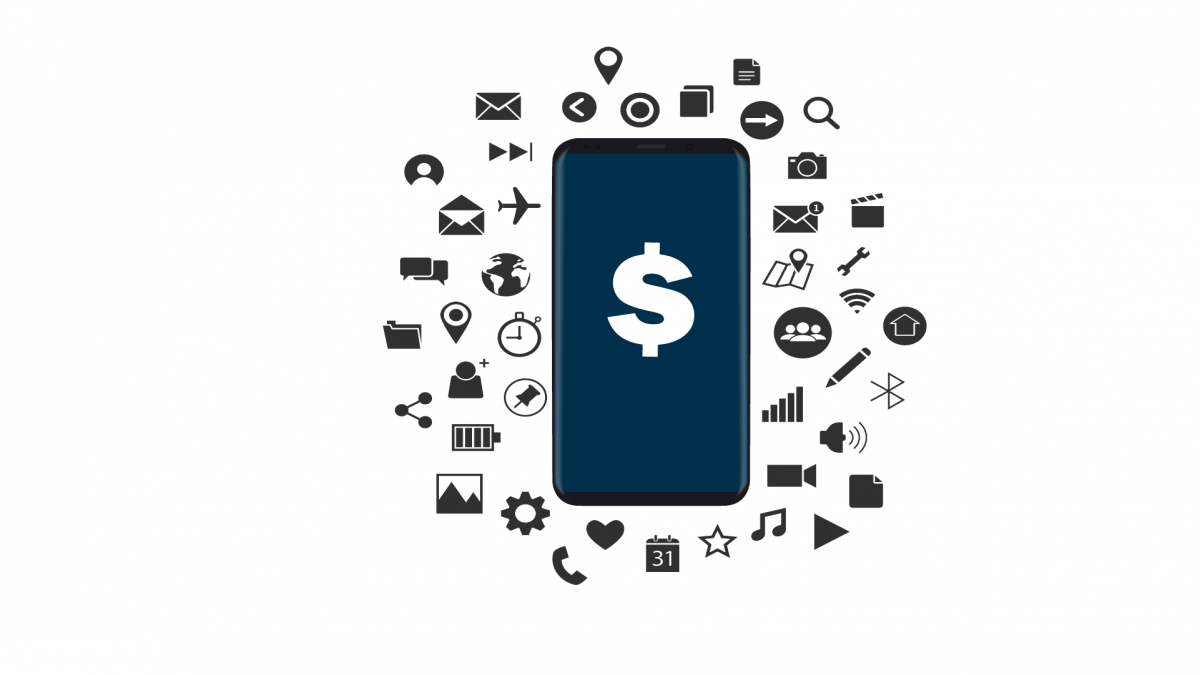Owners of small businesses have begun waking up to the benefits of using social media to boost their growth and customer base. However, most businesses are……well, small. And with that, a lack of funds to pull of big social media campaigns like major international companies can. So on Eezee blog today, we teach you how to utilise this new trend, craft a persona and make use of social media on a budget!
Why Social?
From a fresh startup to an established company, there are benefits in tapping into social media for any small business. According to a study:
72% of companies found that going social improved their web traffic.
88% of companies said that it improved exposure to their business
90% of companies said that social media was beneficial to their business.
What’s more, 43% reported increased sales!
Simply put, having a social media presence opens up your horizons to reach more potential customers and qualified leads, giving you a strong boost for added growth. But how do we achieve having a strong social media presence without the big bucks that other companies have? No worries, you need only follow these simple steps to carve out your presence online (plus you can even do it in the comfort of your bedroom!):
Social Media Platforms (It’s free)
Deciding which social media platform to use is the most important step in your foray into social media. In its current state, there are 4 platforms that most small businesses should look into using. These platforms are Facebook, Instagram, LinkedIn and Twitter.

Facebook:
I firmly believe that any business needs a Facebook page for their brand to act as a point of contact for customers. Using Facebook Messenger, potential customers can easily reach out to you and quickly inquire about anything that they’d like. Furthermore, they can quickly find out everything about your company in an instant, making it very useful as a communication tool. Useful for any type of business.
Instagram:
Facebook’s younger cousin, Instagram boasts a growing business market, with currently 2 billion businesses on their platform. Primarily visual, Instagram allows businesses selling products to do exceptionally well, allowing special in-app tagging methods to showcase various products that your business sells.
Instagram’s audience tends to a younger market aged 18-25, which is desirable for businesses selling products to the youth. This group of consumers are advertising resistant and are better influenced through lifestyle marketing, in which small businesses can capitalise on by focusing on the type of life the brand aligns with socially. Useful for business to consumer companies.
LinkedIn:
The world’s premier social media platform for professionals, LinkedIn curates business professionals from all walks of life in the same social space. This is especially useful for business to business companies in finding new leads as the platform suggests businesses to people who might care about it. This allows professionals to quickly find your business in the professional context, be it to buy something from you or partner in a shared business venture.
Furthermore, LinkedIn allows for professional recommendations to be given to businesses by other professionals, allowing your business to build a strong industry network and become recognised as a leader in the field. Useful for B2B companies.
Twitter:
Twitter differs slightly from the other platforms in that the pace of Twitter moves a lot faster. This demands a higher posting frequency than the other platforms, which might be slightly taxing for small businesses without a dedicated marketing team.
However, like Facebook, Twitter allows for ease of communication with your potential customers. With a simple tweet, people can easily find and inquire for information from you. What’s more, with Twitter’s hashtag function, it is easy to find out all that’s being said about your brand and even find out the sentiment towards your competitors as well. Useful for small businesses in general.
It’s important to determine your target audience and find out which platform they are on before deciding which platform to utilise. For example, a business selling Justin Bieber merchandise would probably do better promoting themselves on Instagram than on LinkedIn, and vice versa for B2B companies.
Brand Identity (Still free!)
In an increasingly saturated market space, it is important that you make your business stand out from the competition. We achieve this by creating an instantly recognisable brand identity, something that people can immediately link back to your company. Furthermore, it is paramount that this identity is coherent and consistent across all your social media platforms.
To do that, you need a social media style guide.
This is a document that details the way your brand should portray itself online, ranging from visual design to brand voice:
Visual Guidelines:
This serves to show how images that are shared in posts should look like on your social media platforms. They are usually themed to look good together and crafted to be aesthetically pleasing. Take for example, local brand lovebonito’s Instagram page:


Within your style guide, you can lay out:
- Brand colors
- Fonts for graphics
- Acceptable color combinations
- Logos
The key to attracting the attention of new customers is definitely through eye-catching visuals, so make it a good one! We recommend looking at some examples here.

Brand Voice:
Your brand voice should be the most recognisable part of your brand and must be coherent throughout all your platforms and social advertisements. It would seem insincere if your Facebook posts are serious and professional while your Twitter persona is aloof and humorous!
Your brand voice can be playful, fun, serious, deadpan or anything you want it to be, but its important to think about the tone and emotion you’re conveying for your business and brand.
Furthermore, it is beneficial to be as descriptive as possible in your brand voice guidelines to avoid any miscommunication. Instead of “Serious tone”, try “Serious but friendly, be reassuring and make customer feel like they are in good hands. No badmouthing of competitors or sarcastic remarks towards customers.”
Everything is still free up to here, right?
It is! You see, social media for small businesses doesn’t have to be expensive, it just needs a little more thought and care into the content that you post in order to portray your company in the best light possible. We’ve outlined the basics of bringing your business to the social age in this post, stay tuned for Part 2 of this post coming on Friday!

Stay connected